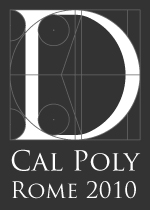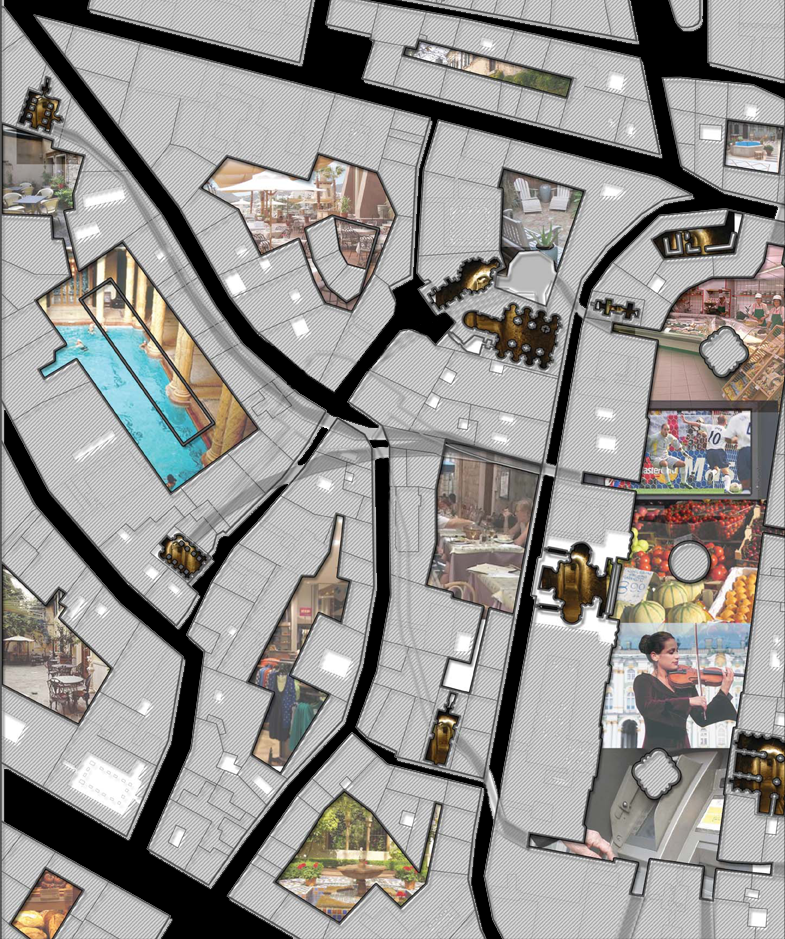Reclaiming Roma
In the year 2117, tensions began to rise within the local communities over the growing problem of tourism in the area. People whose entire family lineage was local to Rome began considering leaving their native city in search of a new life. But many of these locals were not about to give up so easily on the only homes they had ever known. These locals spent years fighting with the Roman government, trying to persuade them to restrict or stop tourism in Rome in order to preserve the quickly diminishing active history of the town. But the government would simply not agree to such terms even after years of intense prodding and strikes by the residents of Rome. The governments concern no longer rested on the residents of Rome, but simply on the extreme amounts of money and business that tourists provided. But the locals still refused to give up and began secretly organizing their own means of dealing with the issue of tourism.
They came up with a vision to completely restore the old way of life in Rome and branched away from the current way of living that seemed to completely separate communities. They wanted to go back to the ways of public life that had created such a strong connection between Romans in ancient times, but knew they must do this under the terms of a city swarming with tourists. They were tired of having to live so privately in order to escape the constant tourism and decided to drastically recreate public spaces in their own terms. Nearby many of there homes, was Piazza Navona, which had for a long time represented to them their governments ridiculous desire of riches and willingness to do anything to make money and draw tourists to Rome. The statues within Piazza Navona are symbolic not only of Roman’s fear of losing money, and of how much money the United States could bring, but also sparks memory in the locals of how the government removed the original and authentic fountains and replaced them with fakes as yet another tourist trap to make money from. Their anger lead them to drastic moves and they decided to completely take back the Piazza that had once been an integral part of their families’ history.
Although the government had knowledge that something was happening in this area of the city, they chose to overlook the changes as long as it kept the locals off of their backs for the first time in years. One day, very early in the morning during the low season of tourism, all of the locals combined efforts and started working out their plan. The roads leading to and from Piazza Navona were completely blocked off and built in, leaving no visual trace of entrances into the piazza. While tourists were angry and confused at first that the piazza had been simply blocked off, it wasn’t long before people seemed to forget that the piazza had existed all together. The façade of the piazza had simply become a wall of building that removed all interest as to what was on the other side. The government had no idea what this move meant, but were willing to tolerate it for fear of rebellion. It seemed that the piazza had simply been blocked off from use, until one day people began showing up in the piazza and over time had began to develop restaurants, and markets within the piazza. The area became very popular and busy throughout the day. The locals had in essence reclaimed the piazza as their own public place completely rid of tourists. All the while, tourists had no idea that anything was happening within the walls and never saw anyone enter or exit the buildings surrounding it. The piazza quickly became non-existent in the minds of tourists, but became increasingly active every day through the lives of the Romans. The locals were very satisfied with the way in which they had been able to create their own place of community and started planning more areas for community interaction. Slowly, many palazzi started being developed between the housing complexes of the area. Certain streets were widened and formed in order to develop these spaces while still allowing for tourist traffic, which was of great concern of the government, who was allowing these changes to happen as long as tourist activity was not destroyed. While the locals abided by this agreement, they began reinstating the use of the Pasquino Speaking Statues, which had once been used to protest against the government and the church. These statues were stationed throughout the neighborhood and began being used in protest of tourists, sometimes written in English in an attempt to scare away tourists and keep them out of the neighborhood. Another part of the agreement with the government was that the churches in the area must still be public to tourists, so again the locals used this agreement to their own advantage. While the churches still appeared as churches to the tourists, they were also utilized as entrances into the underground system utilized by the locals as their means of travel separate from the tourists. When the locals were originally planning blocking off the Piazza they realized that they needed another means of entrance into the Piazza. They quickly remembered that there were already existing tunnels below ground that had originated back in the time of ancient Rome and developed a means of utilizing these not only as a means of circulation but also as a reconnection to the past that they were trying to redevelop themselves.
By the year 2178 there was finally a well-situated community of Romans allowing them to have both a connection to the current Rome, as well as ancient Rome. They had redeveloped public spaces and social connections with each other and their system of living began to spread throughout Rome in an attempt to reactivate history in a productive and future oriented direction.

